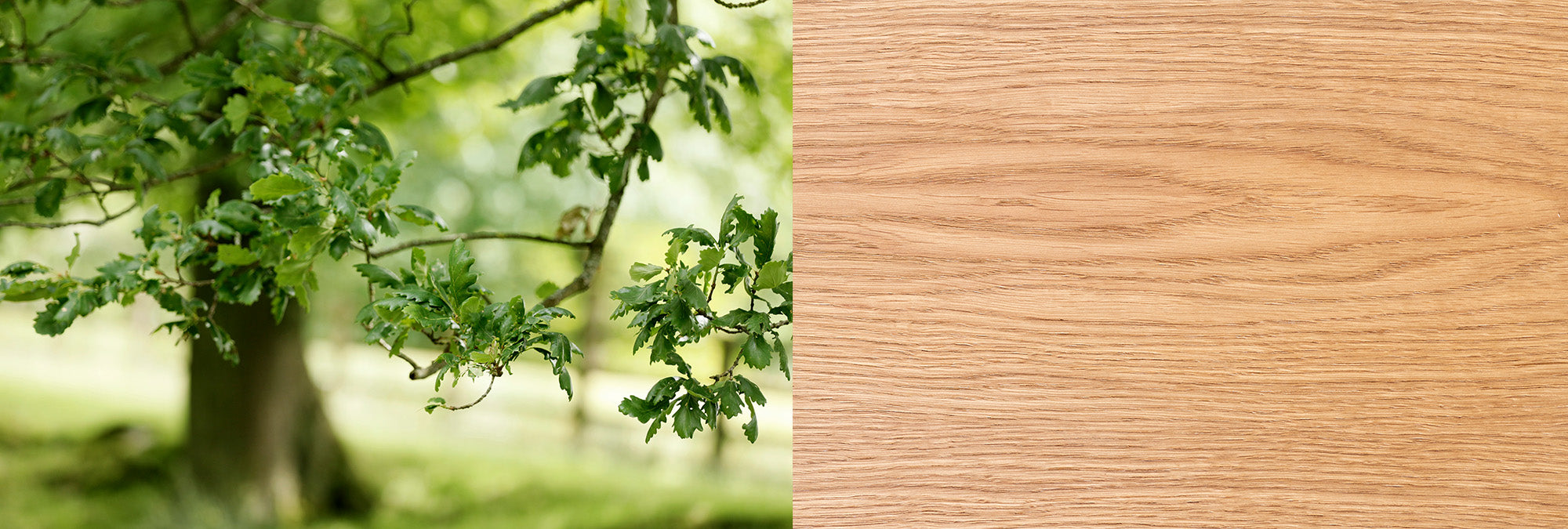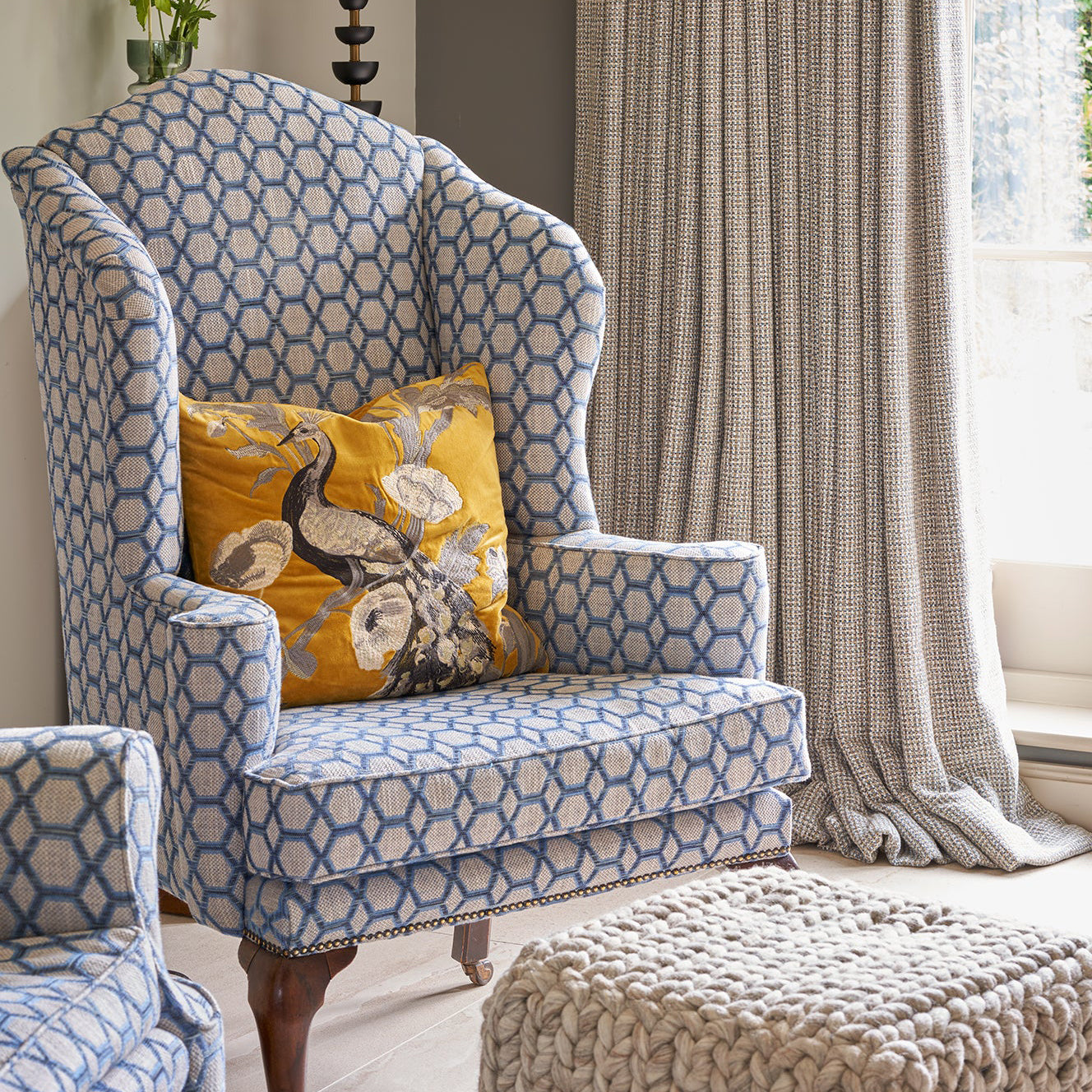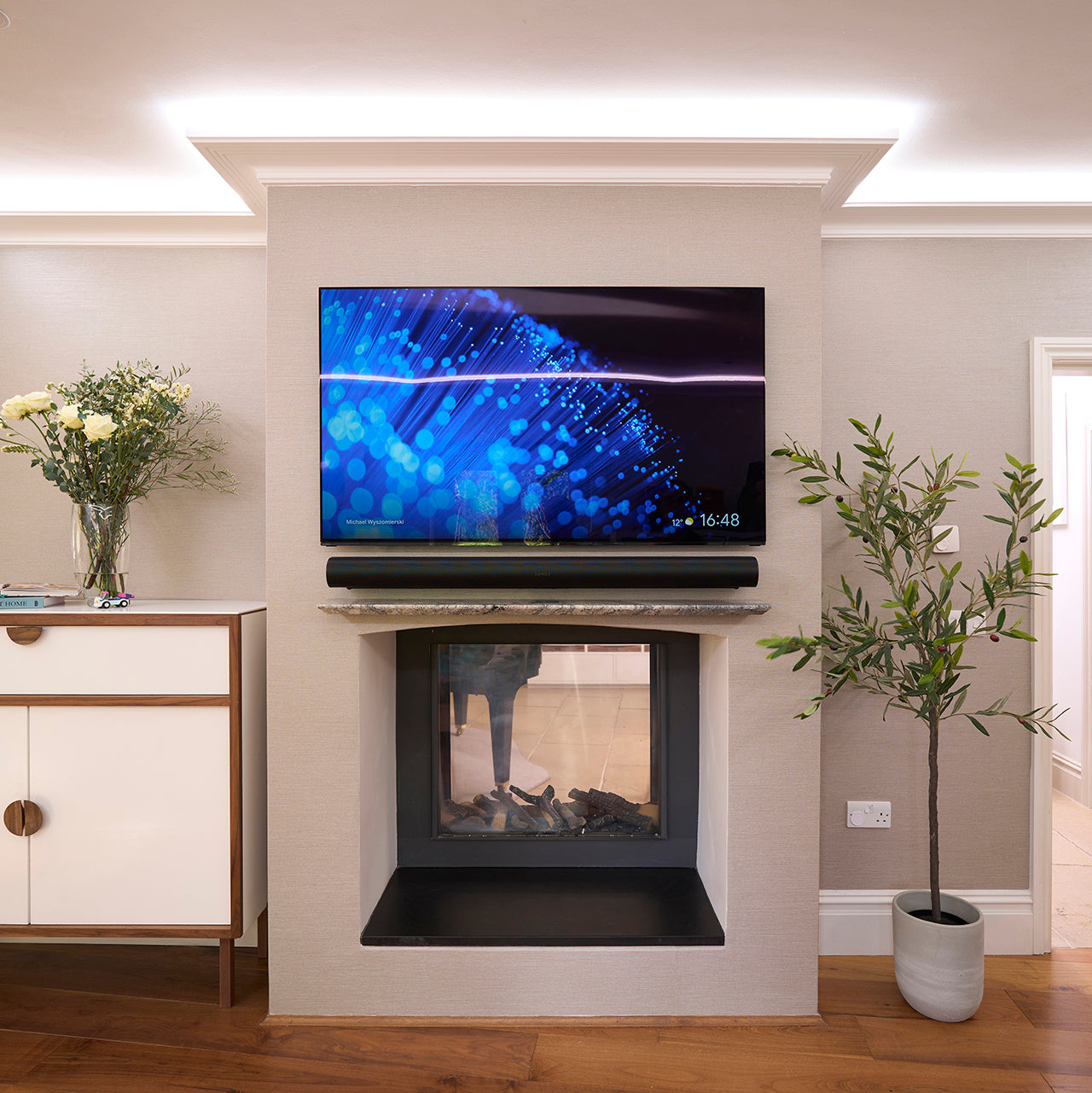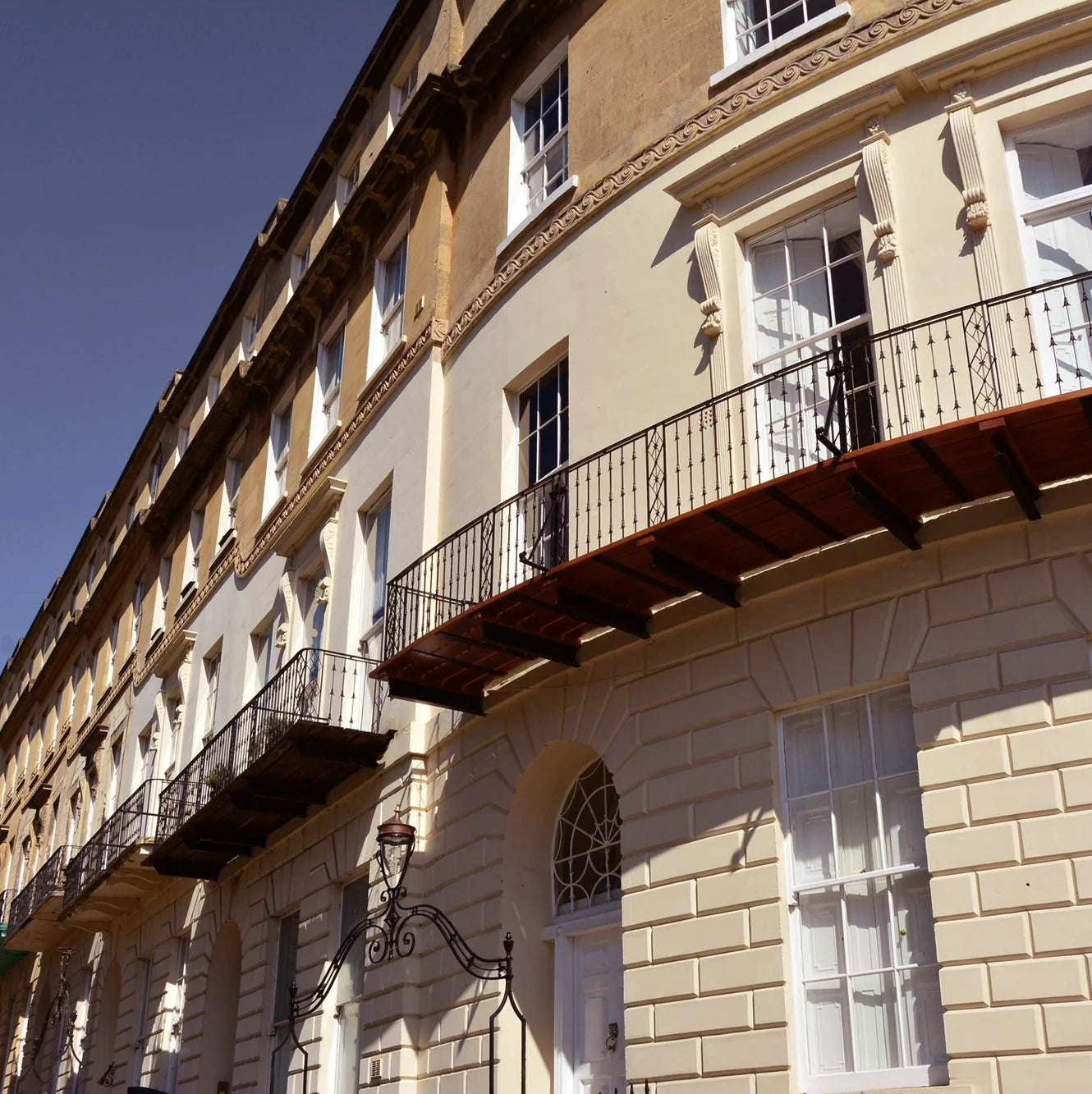MUSINGS, INSPIRATIONS, RECIPES, FEATURES & MORE
LATEST / INTERIORS INSPIRATION / COUNTRY & PERIOD HOUSE GUIDES / MUSINGS / SUSTAINABILITY / FEATURES / HEALTHY LIVING
SIMPLE SUSTAINABLE WOOD CHOICES FOR YOUR HOME
There is a subtle hesitancy over wood, perfect for the home in terms of durability and longevity, especially in a period property where it is the most traditional of materials, but what about sustainability? Savvy homeowners are pausing to ask the question, where’s it come from?
Sustainability as far as wood is concerned is a simple principle to understand. Wood should be harvested from forests where seedlings are planted faster than the trees are harvested. However, it is not always quite that straightforward. Methods of harvesting and any treatment of the timber should also be environmentally friendly and non-toxic both to the workers and surrounding communities. The production line from forest to end product must be sustainable at each link in the chain. Fortunately, there are lots of organisations involved in the protection of wood and the production of sustainable timber and the most prominent of these is the Forest Stewardship Council or the FSC.

WHAT IS THE FOREST STEWARDSHIP COUNCIL?
The Forest Stewardship Council offer certification to forestry businesses to ensure that timber is being managed and harvested in a way that preserves biological diversity and benefits the lives of local people and workers whilst still being economically viable. There are ten principles that any forest operation must adhere to before it can receive FSC management certification.
The FSC is also involved in the integrity of the supply chain from forest to market. Companies involved along the way including manufacturers and repackers must be FSC certified in order to be able to add an FSC label to their products or claim FSC status.
SOME SUSTAINABLE WOODS
It’s easy to think that a traditional wood which has been used for hundreds of years must be by its very definition, sustainable. After all, if you chop it down you can just plant another one. However, timber varies depending on how long it takes to grow, where it is grown and who is harvesting it plus, the commercial expediency of the operation – that’s code for ethics. Always look at the detail of where the wood has come from, it’s easy to make the wrong assumptions.

OAK
Oak is the perfect choice for any interior with durability and variety that works for contemporary and period homes. Most oak is sourced from the UK or parts of Europe. Take care to ensure that it is from an approved FSC source and hasn’t been derived from illegal logging as oak is a popular and high-value timber for interiors both structurally and for furniture.

RECLAIMED TIMBER
Using timber from salvage or reclaim is the ultimate in upcycling plus there are lots of other advantages. The wood is already aged with a distinct colour and patina and is perfect for period homes where even new timber can still look just a bit too new.

FAST-GROWING TIMBER
With a clear demand for wood for manufacturing in the housebuilding and renovation sector, it makes sense to focus on growing timber which matures more quickly. However, fast-growing timber is not always as long-lasting and durable, it just depends on the species.
Accoya is becoming hugely popular in restoration and refurbishment projects. Accoya is actually a softwood but one which is treated and modified to provide the sustainability and harvesting speed of softwood with the longevity and durability of hardwood. If you haven’t heard of the Accoya tree, that’s because Accoya is the trade name for the finished product. The wood itself is actually a fast-growing pine tree called Pinus Radiata which reaches maturity at around thirty years and is then harvested and exposed to a treatment process which means it can be used in different situations with a longevity of around sixty years. So, Accoya lasts twice as long as the rate at which it is used.
Accoya is made from wood harvested from FSC-certified forests and the process of creating it is achieved without the use of any toxins. It can be upcycled and recycled and has the prestigious ecolabel, C2C (Cradle to Cradle) with Gold status. C2C is a global standard for products which are safe, circular and responsibly made.
WOOD IS GOOD!
Wood has been the choice of man when building structures since time immemorial and due to its sustainability, the spotlight has been shone right back on it for both exterior building structure and interior design. The right wood is good so only hesitate in interior choices when it comes to choosing and verifying the source and production of the timber, not whether you should be using it in your home.




